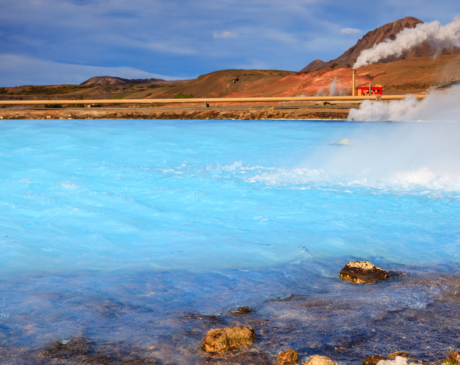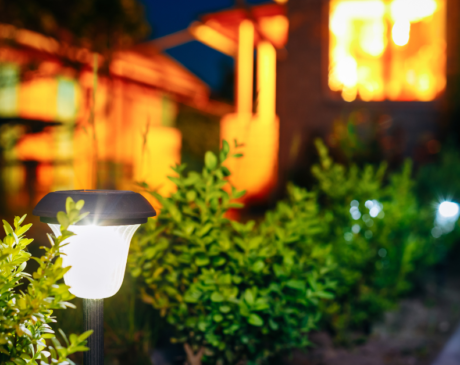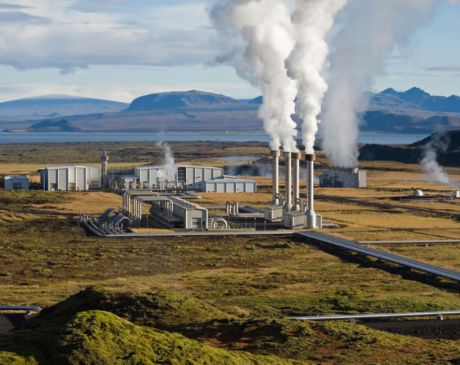Wind Turbines: pros and cons
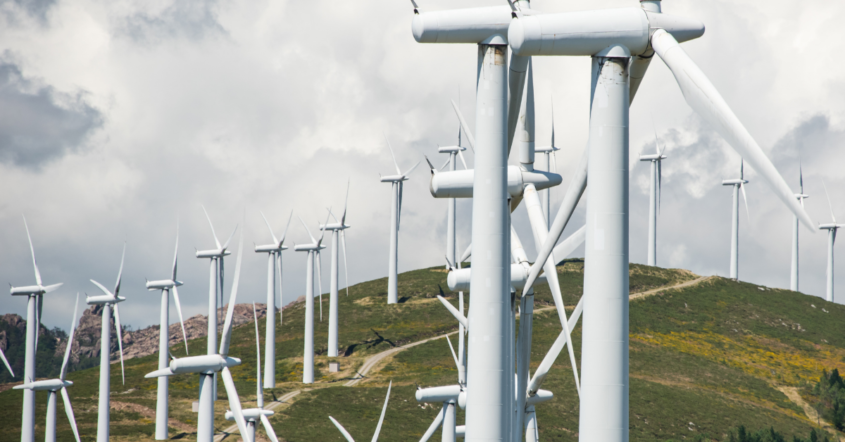
In the United States, the primary source of human-induced greenhouse gas emissions comes from the power sector, accounting for approximately 38% of total emissions. Coal, while generating slightly less than 40% of the country’s electricity, is responsible for over 70% of the power sector’s greenhouse gas emissions.
Around 20% of these emissions stem from natural gas-fired power plants. Despite the increasing presence of wind turbines across much of the United States, wind power still only contributes about 4% to the power sector.
The potential for wind energy is vast, with experts suggesting that wind power could readily provide more than 20% of the United States’ and the world’s electricity needs. To help determine the role of wind energy in the future of the United States, this article explores the pros and cons of wind power.
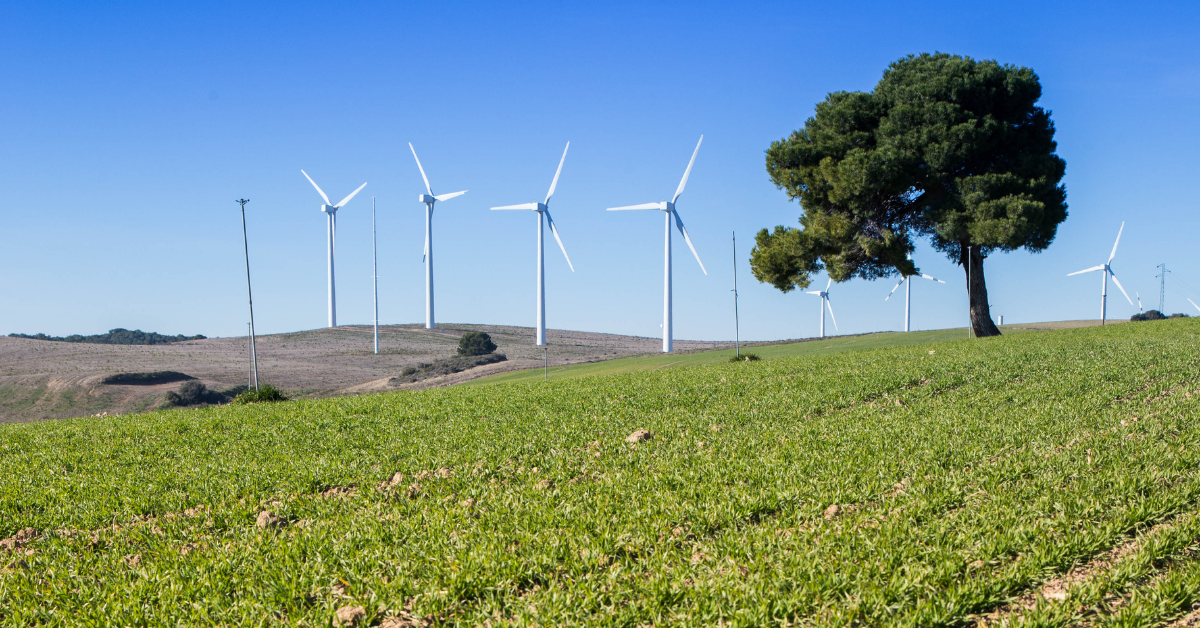
Wind Turbines: Pros
Rural Revitalization
Wind energy plays a pivotal role in diversifying the economies of rural communities. It contributes to the tax base and introduces new streams of income. Wind turbines become a source of property taxes in rural areas that often struggle to attract new industries.
In regions like southwest Minnesota, every 100 MW of wind development has generated approximately $1 million annually in property tax revenue and roughly $250,000 in direct lease payments to landowners.
Reduced Subsidies
While all energy systems receive some level of subsidies, wind energy benefits from considerably fewer subsidies compared to other energy sources.
According to Renewable Energy World magazine, conventional energy receives a substantial $300 billion in subsidies each year, while renewable energy has received less than $20 billion in taxpayer funds over the past three decades.
Notably, a 2011 study by Harvard researchers revealed that coal power’s full life cycle cost ranges from approximately 9.5 to 27 cents per kilowatt-hour, with a significant portion of these costs being shouldered by taxpayers in the form of increased health-related expenses. These “indirect” subsidies amount to between $175 billion and over $500 billion per year.
Cost-Free Fuel
Wind Turbines stands apart from other forms of electricity generation, as it harnesses electricity right at the source of fuel, which is the wind itself. Wind is an indigenous fuel that requires no mining or transportation, eliminating two expensive factors from long-term energy costs.
Price Stability
Wind energy contributes to price stability in the energy sector. Unlike fossil fuels and nuclear power, whose prices can fluctuate significantly due to variable mining and transportation costs, wind energy benefits from a fixed and free fuel source.
Promotion of Cost-Effective Energy Production
Over the years, the cost of electricity generated from wind has substantially decreased. It has fallen from nearly 40 cents per kilowatt-hour in the early 1980s to a range of 2.5 to 5 cents per kilowatt-hour today, depending on wind speed and project size.
Job Creation
Wind energy projects generate both short-term and long-term employment opportunities, spanning a wide range of professions. This includes meteorologists, surveyors, structural engineers, assembly workers, legal experts, financiers, and technicians.
Notably, wind energy creates 30% more jobs per unit of energy generated compared to coal plants and 66% more than nuclear power plants.
Social and Economic Advantages of Wind Turbines
National Security and Energy Independence
Wind turbines contribute to diversifying our energy sources and reducing our reliance on foreign fossil fuels. Wind energy is domestically produced, providing a safeguard against price fluctuations in global fossil fuel markets.
Distributed generation facilities, such as many community wind projects, enhance our resilience by reducing vulnerabilities to potential terrorist threats against centralized power plants.
Support for Agriculture
Wind turbines can be integrated into cropland without disrupting daily life for local residents, livestock, or crop production. This coexistence offers farmers an additional source of income without compromising their agricultural operations.
Local Ownership
Small clusters of wind turbines, or even individual turbines, operated by local landowners and small businesses, make a significant contribution to the global energy mix.
This approach reduces the need to import energy from other states, regions, or nations, thereby keeping energy dollars within the local economy. It fosters local economic growth and self-sufficiency while promoting community engagement in energy production.
Environmental Advantages of Wind Turbines
Conservation of Clean Water
Wind turbines generate electricity without emitting particulate matter that can contribute to mercury contamination in lakes and streams.
Wind energy is also water-efficient; for the same electricity output, it consumes approximately 600 times less water than nuclear power and around 500 times less water than coal.
Clean Air
Unlike many conventional electricity sources, which emit harmful particulate matter that contributes to global climate change and acid rain, wind energy is environmentally friendly and does not release pollutants into the air.
Minimal Greenhouse Gas Emissions
Coal and natural gas, which are the primary sources of electricity, release substantial quantities of greenhouse gases, with coal being a more significant contributor than natural gas.
Wind power, on the other hand, generates minimal greenhouse gas emissions, primarily during the manufacturing, installation, and maintenance of turbines. On average, these emissions are offset by the clean energy produced by the turbines within just nine months of operation.
Reduced Need for Mining and Transportation
Wind energy reduces the need for destructive resource mining and the transportation of fuel to processing facilities. This preservation of resources has a positive impact on the environment by lowering the associated environmental degradation.
Land Preservation
While wind farms span across a significant geographical area, their actual “footprint” on the land is relatively small. This minimal impact ensures that crop production and livestock grazing are largely unaffected, making wind energy an environmentally responsible choice for land use.
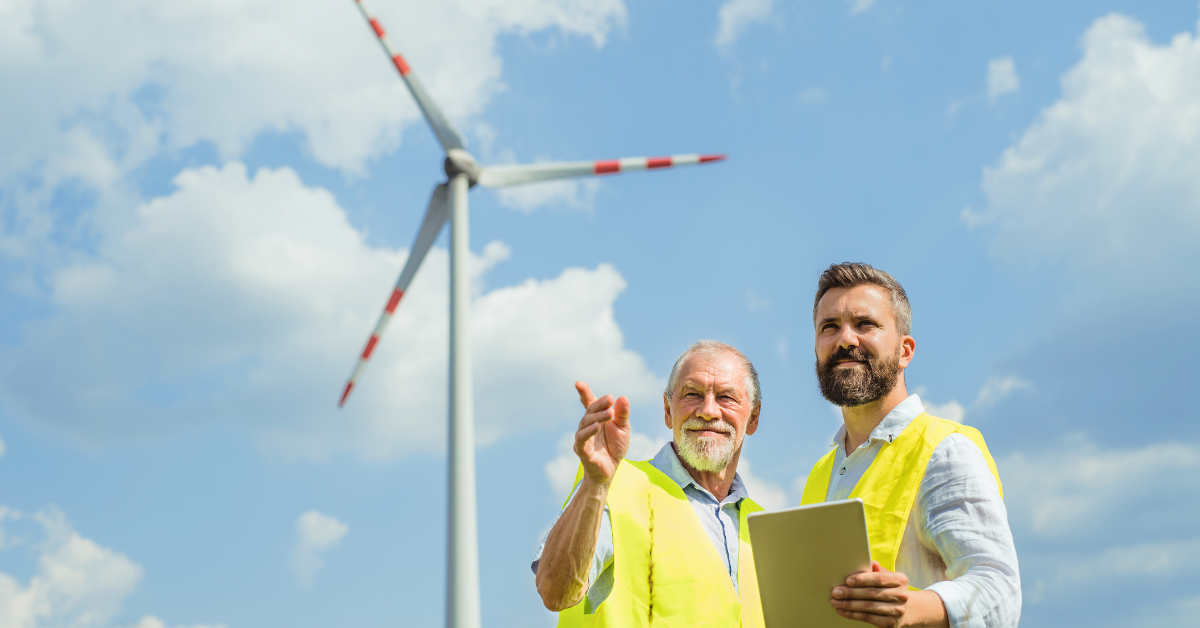
Wind Turbines Cons
Intermittent Energy Source
Wind turbines generate electricity only when the wind is blowing. This variability is managed and adjusted, similar to how utilities address fluctuations in daily demand. Consequently, there are no significant disruptions to the power supply for end users.
Aesthetic Concerns
The appearance of wind turbines can evoke mixed reactions. Some view them as elegant symbols of economic growth and environmental progress, or as sleek icons of modern technology. Others may perceive them as industrial intrusions in natural or rural landscapes.
Strategies to minimize their visual impact include using neutral colors, arranging them in an aesthetically pleasing manner, and ensuring uniform turbine design.
Shadow Flicker
Shadow flicker occurs when the rotating turbine blades cast shadows. Research has indicated that, under worst-case conditions, this effect might impact neighboring residents for a total of 100 minutes annually, and only 20 minutes under normal circumstances.
Wind farm designers carefully choose turbine locations to avoid prolonged shadow flicker issues.
Audible Noise
Wind turbines produce sound, which can be unfamiliar in rural settings where they are typically located. However, advancements in turbine technology have significantly reduced the noise level.
The sounds generated by wind turbines generally do not disrupt normal activities, such as quiet conversations.
Impact on Ecosystems
Like any construction project or large structure, wind energy can affect local plant and animal life depending on the area’s sensitivity. Primary concerns include loss of wildlife habitat and natural vegetation.
With modern turbine design, characterized by tubular towers and slower blade rotations, bird collisions are now infrequent. Comprehensive environmental impact assessments are integral to project development to minimize adverse effects.
Organizations such as the Audubon Society and Sierra Club endorse wind energy due to its favorable environmental balance.
Construction Challenge
Wind energy systems may involve the transportation of large and heavy equipment, leading to temporary disturbances near the turbines. Erosion can be a potential issue stemming from construction activities.
Effective erosion control strategies include avoiding extensive road grading and implementing site reclamation after construction.
Radar Interference
Wind turbines rarely interfere with radar systems and can be effectively managed through technological enhancements and proper turbine placement, particularly in proximity to sensitive areas.
Various U.S. government facilities successfully operate both wind turbines and functional radar systems, while the British military has a track record of addressing and mitigating these challenges.
In Conclusion
In consideration of our planet’s well-being, national security interests, rural economic growth, and the preservation of precious resources, the imperative is clear: we must champion a transition towards a renewable energy-driven economy.
Wind power stands as a key pillar in this sustainable energy vision due to its affordability, job creation, substantial and widespread economic benefits, and its minimal impact on the environment.
Wind energy is a source of power that avoids pollution, eliminates hazardous waste, and does not deplete our natural resources. Embracing wind energy today sets the stage for a healthier and more sustainable future for all.

